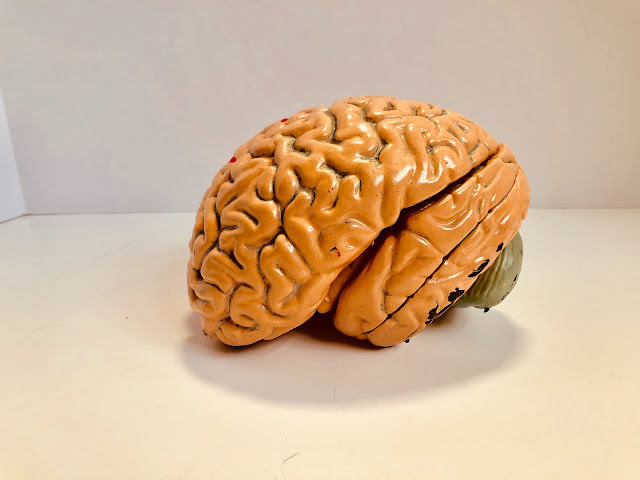Crafting a Digital Mindset course - a behind-the-scenes peek
This is my twenty-second year of teaching. And I continue encountering great opportunities that challenge me and take me to places I did not expect.
A few months ago my friend Maria from Global Campus Nebrija told me that this university had started a concept called ILCs (for Interdisciplinary Learning Courses), where different general topics were being offered to all undergraduate students as a complement to their majors. One of those courses was "Digital Mindset" and offered me to teach it. I found it quite intriguing so after talking to the Nebrija masterminds behind the ILCs, I decided to give it a good try.
(keep reading and you will see why the "organizations" approach is no longer valid in my approach to the course)
When we think about digital mindset, we focus our thoughts in "digital". But I think that is a mistake. The important word here is "mindset". Because digital just means there is an overall switch in how we approach things, but mindset means our core approach is fundamentally changed.
So instead
of focusing on the technology, I focused on the challenges. And even though I had the idea before watching the video, this presentation by César Astudillo (in Spanish, but with available subtitles via YouTube) really set me on track. It gave me lots to think and also quite a few ideas to organize the course.
However, being the first time I built this course, I didn’t want to
complicate it too much, so I decided to organize it by topics:
- each topic is a challenge.
- Each topic is organized as a flipping class: I used the virtual campus (Blackboard) to upload some materials that students need to read or watch before their first class.
- During the first class we discuss what was published. I also prepare some basic presentation with additional issues around the topic, or some specific example. At least by now, I am never preparing a full-fledged presentation. I do not want to convert my session into a lecture. So there is no clear organization, but issues that we can discuss.
- The second day, students present, by groups or individually, a small work around the topic. Something simple but that requires a minimum effort in terms of preparation and, above all, insights and reflection.
This approach requires students to be attending class and
performing small but constant presentations, something not quite easy
when the course does not belong to the official syllabus of their major.
This is something I need to continue improving.
Digital just means there is an overall switch in how we approach things, but mindset means our core approach is fundamentally changed.
Another challenge is the use of English as the official language...
when everyone speaks Spanish as a mother tongue. Two students
immediately left the first class when they saw the class would be in
English, and, albeit some students have excellent English skills -better
than mine in a few cases!-, it is also causing most other students not
to participate in class. This is more of a cultural and educational
challenge in Spain, and I think having the class in English help some of
these students understand how important mastering other languages as
soon as possible.
But the opportunities are endless:
- Topics are current and of potential high interest to the students.
- It forces them to think about society before technology. Some majors do a good job at it (eg architecture) while others have historically done a worse job (eg computer science). As a drawback, some students can be puzzled that we do not talk directly about specific technologies. Something to improve in the future.
- Regardless of how engaged they are during the first session, they always need to present on the second session. And I have already seen some interesting cases of students drawing some good insights that were not discussed during the first session.
- The course is interdisciplinary, meaning students come from different majors. In this specific case there are just three different majors, but the concept is really powerful. As groups are randomly assigned for each topic, this potentially creates good synergies... and also some challenges as well!
What are the topics I am challenging students with? I will not
disclose the ones I have not taught yet -for many reasons, such that I still may change one or two of them in real time :) - but I will be dedicating a blog post
to each of them. The first one will be about what we talked
and discussed around the new types of media content, and how if affects
business and society. Stay tuned!
Photo by Jukan Tateisi on Unsplash





Comments